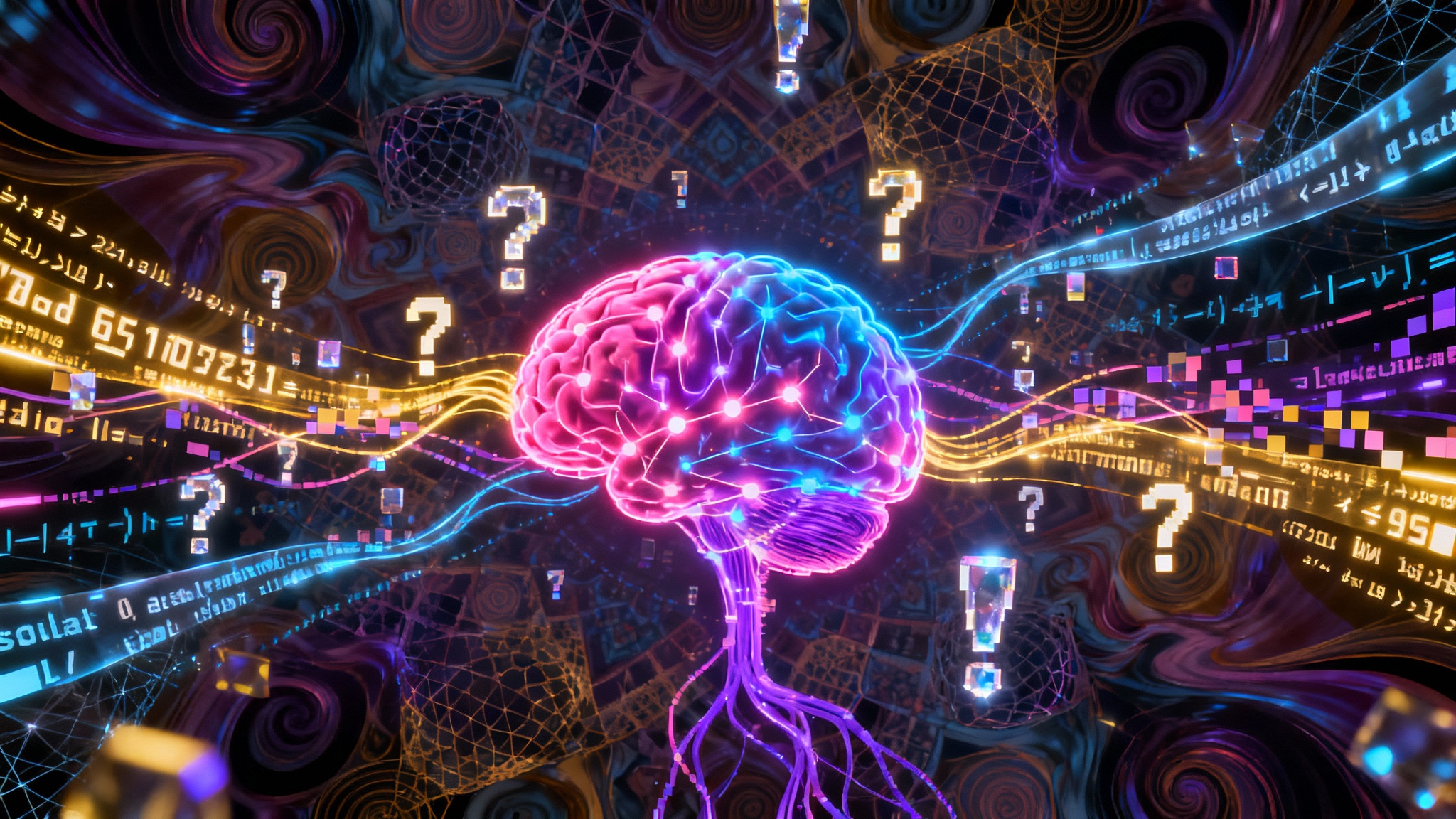Tel: 650-980-4870
Blog

AI - Hallucinations
AI Hallucinations: Definition and Mitigation
What are AI Hallucinations?
AI hallucinations refer to instances where AI models generate information that appears plausible but is factually incorrect, fabricated, or unsupported by their training data. These aren't intentional deceptions—they're confident-sounding outputs that the model generates when it lacks accurate information or misinterprets patterns in its training.
Common types include:
Factual errors: Wrong dates, statistics, or historical events
Source fabrication: Citing non-existent research papers, books, or websites
Logical inconsistencies: Contradictory statements within the same response
Creative filling: Making up details when information is incomplete
Why Do They Occur?
Pattern matching: AI models predict likely text continuations based on training patterns, not factual databases
Confidence without knowledge: Models can't distinguish between "knowing" and "guessing"
Training data limitations: Gaps or inaccuracies in training data get reproduced
Context confusion: Mixing up similar concepts or conflating different sources
How to Avoid AI Hallucinations
For Users:
Verify critical information through authoritative sources
Ask for sources and check if they actually exist
Cross-reference important claims with multiple reliable sources
Be specific in prompts to reduce ambiguous responses
Request uncertainty indicators ("How confident are you about this?")
Break complex queries into smaller, verifiable parts
For AI Development:
Retrieval-augmented generation (RAG): Connect models to real-time, verified databases
Uncertainty quantification: Train models to express confidence levels
Fact-checking integration: Build in verification systems
Human feedback training: Use human reviewers to identify and correct hallucinations
Source attribution: Require models to cite specific, verifiable sources
The key is treating AI as a starting point for research rather than a definitive source, especially for factual claims that matter.
Menu
Services
© Copyright 2023. Optimal Outcomes. All rights reserved.
